
Hasbunallahu wa ni`mal Wakil meaning “Allah (Alone) is Sufficient for us, and He is the Best Disposer of affairs (for us).”
Ankara, 25 Rabiul Awwal 1438/25 December 2016 (MINA) – Arabic, or rather, Islamic calligraphy, has a long history in Turkey dating back to the days of the Ottoman Empire.
Also Read: UN Experts Warn Right Violations in Kashmir by Indian Authorities
In fact, calligraphy is especially revered among Islamic arts since it was the primary means for the preservation of the Quran.
Therefore, the Turkish people associate the art mainly with religion, since originally Arabic is the language of the Muslims’ Holy book.
Great works of calligraphy, verses from the Holly Quran, and other Islamic sayings and Hadtish, have been decorating walls and ceilings of most almost all mosques nationwide.
The profession has been prospering over centuries, and calligraphy shops are spread in several Turkish cities; skilled calligraphers have been drawing a historical and heritage dimension.
Also Read: At Least Nine Children and One Woman Killed in Pakistani Airstrike on Afghanistan
“I learnt the Arabic/Islamic calligraphy decades ago at the hands of Hamid Aytas (1891-1982), a leading calligrapher of the Ottoman Empire,” Abuzar Ozkan whose calligraphy shop lies in one of the ancient districts of the capital Ankara Interviewed by KUNA.
He recalled Aytas’s efforts for disseminating the art, sometimes referred to as Ottoman calligraphy, nationwide as well as in other countries.
Learning the art is a real hard mission that combines theoretical studies with application, Ozkan said.
It is said “to be a good calligrapher, one needs two lives, one to learn and another to apply what he learnt.”
Also Read: Pakistan Condemns Israeli Settler Attacks in West Bank, Al-Aqsa Storming
Introduced during 15th century
The Islamic calligraphy was introduced in Turkey during the 15th century, at the hands of Sheikh Hamidullah, a famous calligraphist from the period of Sultan Mehmet the Conqueror, based on the oriental origin of the Umayyad and Abbasid Caliphates the heritage.
Also Read: China Criticizes US-Drafted UN Gaza Resolution as Vague, Abstains from Vote
Sheikh Hamidullah introduced major changes in the traditional seven writing styles and put the mark of the Turkish national character on Islamic writing.
According to Ozkan, many styles of Arabic calligraphy found their way to Turkey long time ago and were well-established there; Kufi is the most spread and used, then came Nash or Naskhi, Tulut, Tawqi, and Al-Diwani. This last one was not allowed to be used outside the Ottoman palaces.
There is also the Kanonian calligraphy, named after Sultan Suleyman Kanoni. The Basmalah is usually written in Kanonian.
Over the past centuries, Turkish calligraphists have preserved the art, and even taught it to numerous scholars in other countries, Ozkan said.
Also Read: Former Bangladesh PM Sheikh Hasina Sentenced to Death
Istanbul is the stronghold of Arabic calligraphy in Turkey, drawing huge interest from people of the city, he said.
Mosques and other religious, historical, and cultural sites of the city are ornamented with various Islamic calligraphies. The city of Bursa ranks second after Istanbul.
Ozkan stressed the need for using high quality supplies in calligraphy, especially ink, so that they can survive for centuries, as bright as ever. Most of these supplies come from Iran, India, the Philippines, together with local products.
It takes a month to a year to produce a good work of calligraphy, according to the size and the materials used, he said. Price differ, from USD 100, to thousands.
Also Read: Pakistan Declares State of War After Car Bomb Incident
Verses from the Holy Quran and Prophet Mohammad’s Hadith, as well as immortal wise sayings that have passed down through generations.
Ozkan expects the art to further prosper Turkey in the future, since many Turkish people are keen on learning it.
The leading calligraphist gives lessons at the Sharia College, and students come to his workshop for practice.
He lauded the high interest of the state and organizations of the civil society in calligraphy, holding several local and international contests.
Also Read: Jakarta Hosts Gala Dinner for World Peace Forum Delegates
Ozkan himself has taken part in many galleries at home and overseas.
Big names of calligraphers
He recalled some of the big names of the art of calligraphy in Turkey through history, Hamid Aytas, Sheikh Hamidullah, Hafiz Osman, Mehemt Esad Esari, Kadi Efendi, Sami Efendi, Necemeddin Okyay, and Ismail Altunbezer.
Famous ones at present include Huseyin Kutlu, Mustafa Celebi, Huseyin Oksuz, Fuad Basar, Davut Bektas, Osman Olgay, Mehmet Olgay.
Also Read: Indonesian Minister Urges Synergy Between Wasathiyah Islam and Chinese Wisdom
“I have been in ornamenting of Arabic calligraphy for 15 years,” Emine Susoy, told KUNA.
This decoration art dates back to the 8th century, the era of the Uighur Turks. She added.
Susoy uses 18, 21 and 24 carat gold in her work. It is really a fantastic job where precision and patience are a must, she said.
One of the great works of the art has been Sultan Mehmet Al-Fatih’s ‘Diwan Al-Muhib’, 740 pages.
Also Read: New Delhi Covered in Toxic Smog: Residents Say ‘We Can Hardly Breathe’
Susoy explained the ‘theory’ of colors used in decoration and well chosen; for instance gold symbolizes sunset, the sun is going home to shine once more the next morning, which “more comprehensively represents the ‘limitless’ world we live in.”
Most people in the art of decoration of calligraphy are not after money, this is why many of them are pensioners.
It might also be surprising that few of the “Arabic” or “Islamic” calligraphy speak Arabic. (T/RS05/RS01)
Mi’raj Islamic News Agency (MINA)
Also Read: Boat Carrying 100 Rohingya Migrants Capsizes in Malaysian Waters





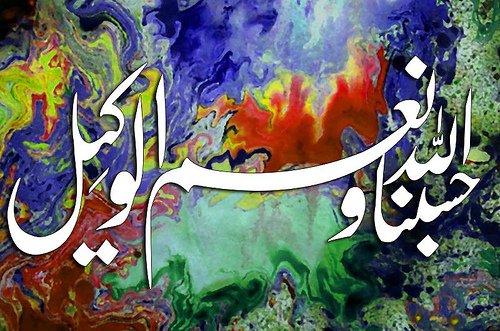

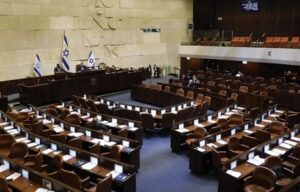

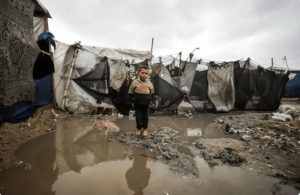







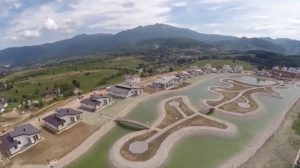




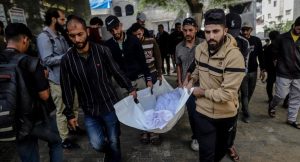








 Mina Indonesia
Mina Indonesia Mina Arabic
Mina Arabic